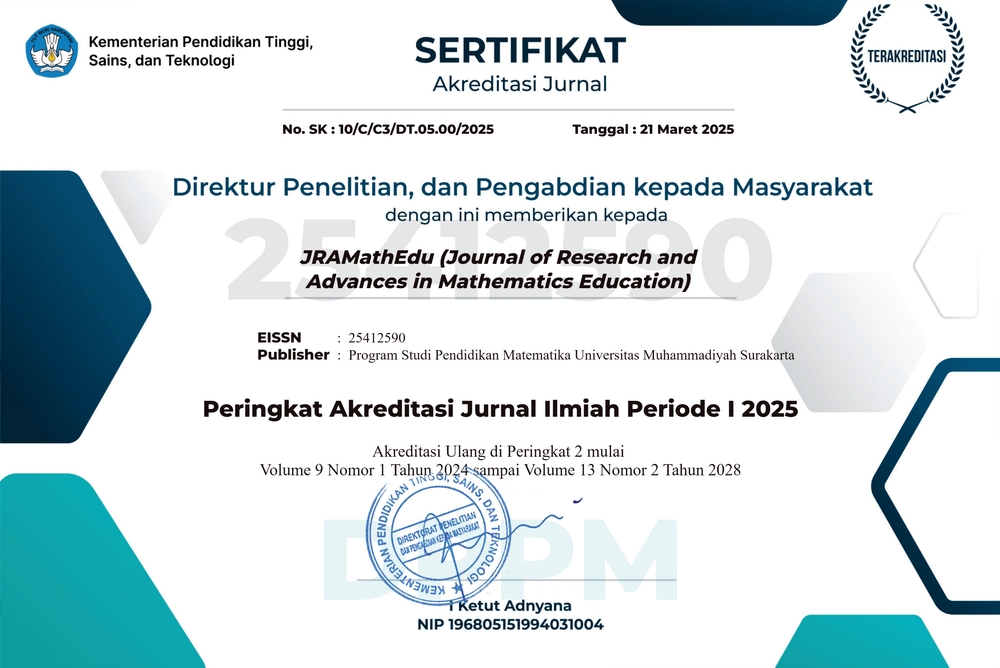Ethnomathematics: Modelling the volume of solid of revolution at Buginese and Makassarese traditional foods
DOI:
https://doi.org/10.23917/jramathedu.v6i4.15050Keywords:
Buginese and Makassarese traditional food, ethnomathematics, interpolation, volume of solid of revolutionAbstract
Ethnomathematics can empirically improve the cognitive abilities of students in elementary and secondary schools. However, in undergraduate study, there are still limited studies on integrating ethnomathematics in learning resources. This study aims to apply interpolation in modelling polynomial functions and integral volume on the shape of Buginese and Makassarese traditional foods. Furthermore, it can be used by students as relevant learning resources regarding interpolation and the concept of volume of solid of revolution (VOSR). This is a qualitative study using an ethnographic approach. The data were collected through observations to obtain general information, interviews with informants to find out food-making techniques, and documentation to obtain physical models of each type of food. Data Analysis Techniques consist of the domain analysis to obtain an overview of Buginese and Makassarese traditional foods and the taxonomic analysis to categorize mathematical concepts obtained from the modeling and simulation. The result of this research reveals that lammang is suitable with the slabs. It can be represented as constant functions that revolved around the x-axis or the y-axis. While paso, bolu cukke, and cantik manis as well as barongko batara, Putu, and cucuru can be outlined in linear functions rotating about the x-axis, y-axis, or others fixed-line. They meet the criteria of the disks method. However, they are described in the function of polynomials of ndegree. The use of washers can be described in the model of blundered and sarang semut with a hole in the middle caused by the intersection of two curves rotated about the x-axis or the y-axis. For shells, the model can be applied to determine the cover volume of the cover of pisang ijo flour and onde-onde. Thus, all types of traditional foods in this study can be appropriate objects for a learning resource in modelling the VOSR.
Downloads
Submitted
Published
How to Cite
Issue
Section
License

This work is licensed under a Creative Commons Attribution-NonCommercial 4.0 International License.


















